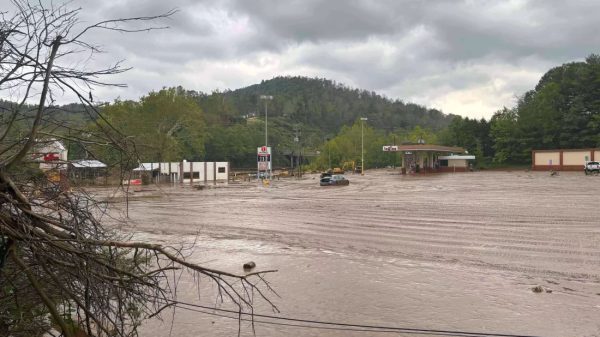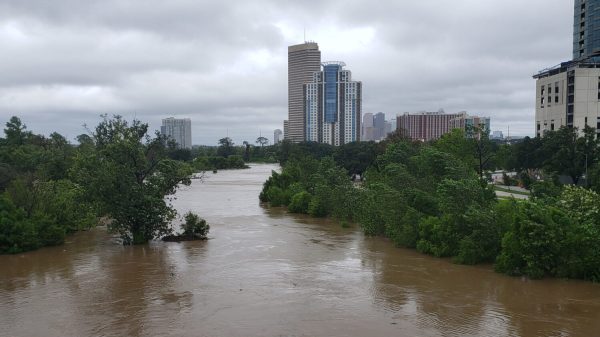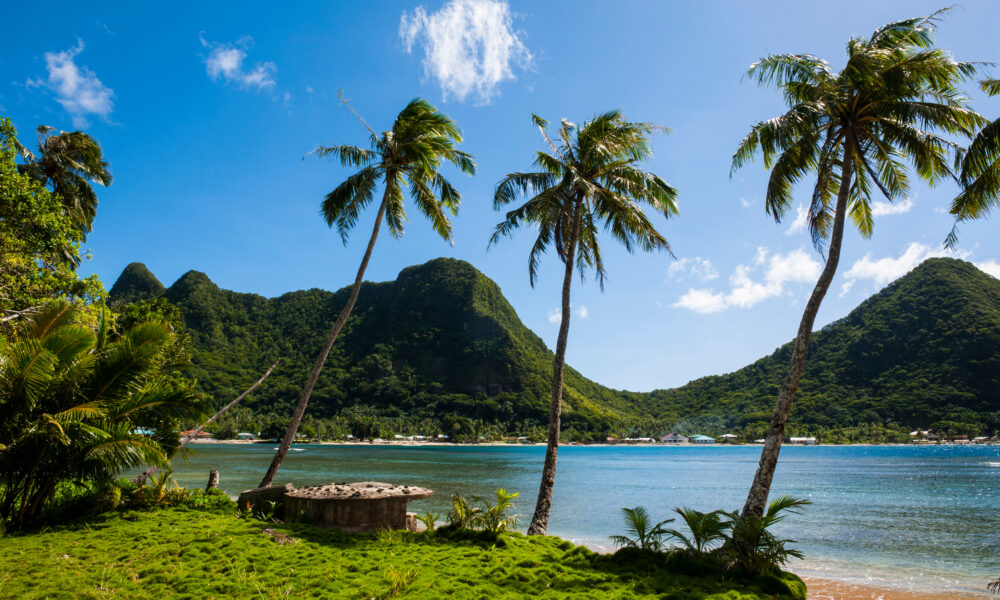
11 Interesting Facts About National Park of American Samoa
If you fly 2,600 miles southwest from Hawaii, you’ll find a special national park spread across three beautiful islands: Tutuila, Ofu, and Ta’ū.
The National Park of American Samoa is the only U.S. national park south of the equator, protecting 9,500 acres of rainforest and 4,000 acres of coral reefs.

Working with Village Chiefs
The park operates through a 50-year agreement with local Samoan village chiefs (fa’amatai) rather than federal land ownership.
Locals continue traditional practices like taro farming and pig hunting while the park protects native species and fights invasive threats.

Beautiful Giant Bats
Two species of giant fruit bats live in the park – the Samoan fruit bat and the white-naped fruit bat. These bats, with wingspans up to three feet, are active during the day, helping pollinate flowers and spread seeds across the rainforest.

Star-Shaped Platforms
Ancient Samoans built raised, star-shaped platforms called tia seu lupe for pigeon-catching ceremonies. The largest one, with six points, still stands on Mount Alava, where chiefs once used bamboo poles to catch Pacific imperial pigeons.

Crossing the Time Line
Flying from Hawaii to American Samoa means skipping an entire day due to the International Date Line.
A Tuesday night departure from Honolulu lands you in Pago Pago on Thursday morning. The lost day returns when flying back, making for a unique time-travel experience.

The Biggest Coral
A 21-foot-wide Porites coral, called ‘Big Momma,’ thrives off Ofu Island.
Scientists study its resilience, as it has survived eight bleaching events since 1982. This coral predates Columbus’s arrival in America.

Forest Meets Ocean
On Ta’ū island, you can hike from the 3,170-foot summit of Mount Lata down to Siu Point, passing through six different types of forest before reaching the coral reef. This is the only place in any U.S. national park where native rainforest runs unbroken from mountaintop to ocean.
Scientists study this special place to learn how the forest and reef work together. They track how rain carries nutrients down the mountain and how the changing forest affects the coral reef below.

Ancient Trading Place
Archaeologists found 23 stone cutting tools from Tonga and Fijian pottery fragments dating back 3,000 years. These discoveries show that early Samoans traded across the Pacific, making the region an ancient trade hub.

Perfect Weather
Temperatures remain steady year-round, from 82°F to 85.2°F, with rainfall reaching 312 inches per year in Amalau Valley. This climate supports 358 native plant species, including three orchids found nowhere else in the world.

Special Berry and Bats
The rare flying fox berry only grows in seven locations in the park, and its seeds can only sprout after passing through fruit bats’ digestive systems. This highlights the deep connection between the park’s plant and animal life.

Saving Snails
The park protects three endangered Pacific tree snail species, including the partula snail. Park efforts increased partula numbers from 80 in 2001 to over 2,000 today. These snails play a vital role in breaking down plant matter.

Old-Style Farming
Families in Amalau Valley maintain 3,000-year-old farming traditions, growing taro, breadfruit, and coconut palms together. They follow the Samoan moon calendar for planting and harvesting without using modern irrigation or fertilizers.
The post This Tropical Paradise is a US National Park with Rainforests, Coral Reefs, and a Rich Samoan Culture appeared first on When In Your State.




![Tyson Foods Plant [Photo: Food Manufacturing]](https://southarkansassun.com/wp-content/uploads/2023/08/iStock_1185520857__1_.5e441daa51cca-600x337.jpg)



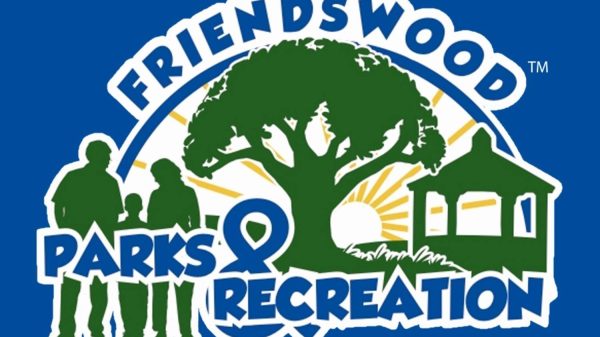

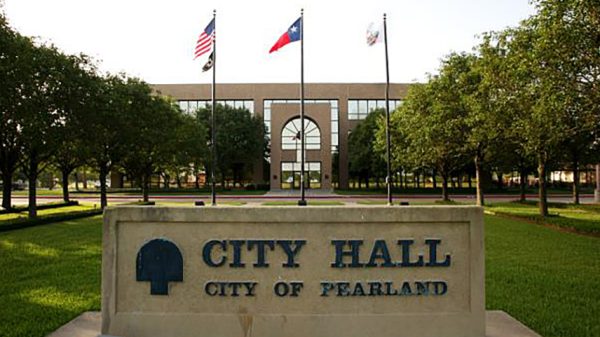

![Silverado Senior Living Management Inc. [Photo: Los Angeles Times]](https://southarkansassun.com/wp-content/uploads/2023/10/download-6-4-600x337.jpg)

![China's Wuhan Institute of Virology [Photo: Nature]](https://southarkansassun.com/wp-content/uploads/2023/09/d41586-021-01529-3_19239608-600x337.jpg)












